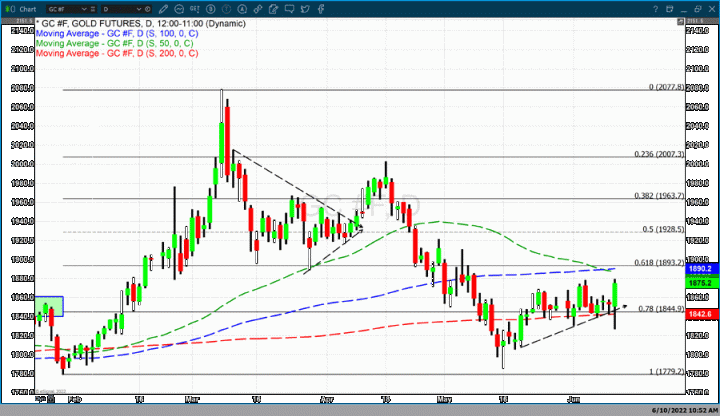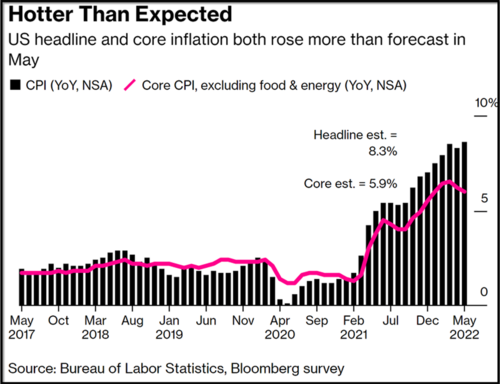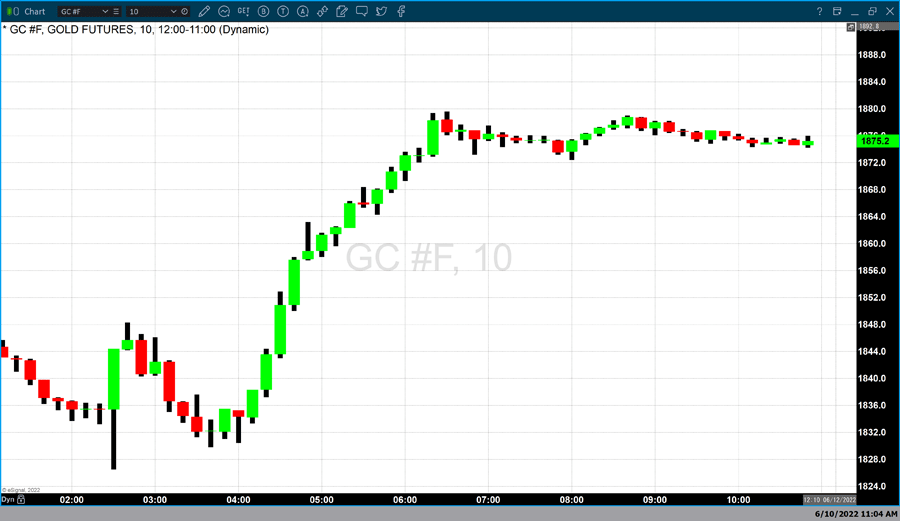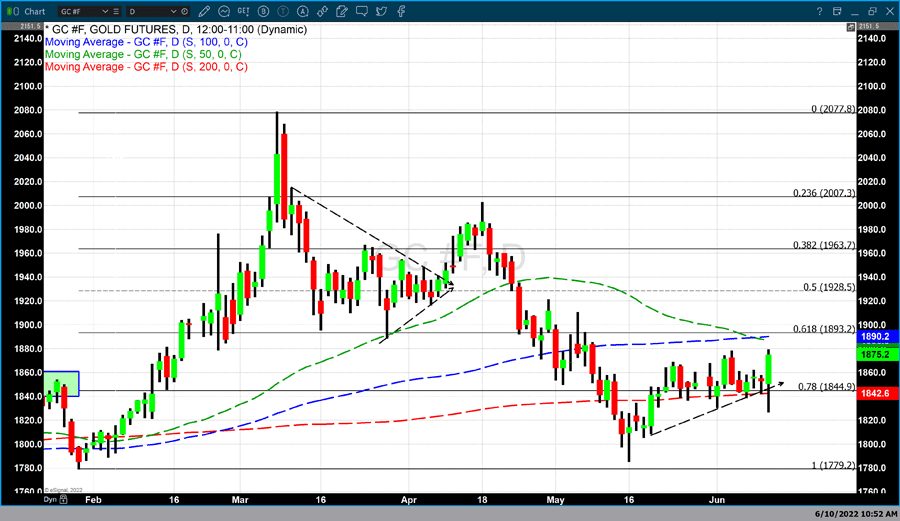
President Andrew Jackson and an Outrageous Crime Inflicted on the Next Generationby Nick Giambruno, contributor, International Man Communique |
 |
With over $30 trillion in debt and counting, it’s hard to believe the United States government was ever debt-free.
But it happened once—in 1835—thanks to President Andrew Jackson. He was the first and only president to pay off the national debt completely.
One biographer says the former president viewed debt as a "moral failing," a sort of "black magic."
When he became president, Jackson was determined to rid the US of its national debt. After all, debt enslaves you to your creditors.
Jackson knew that being debt-free was essential to independence. This outlook resonated with many Americans back then.
With that in mind, Jackson attacked the institutions and powerful people who promoted and enabled the federal debt. This included the banking elites and the Second Bank of the United States, the country's central bank at the time and precursor to today's insidious Federal Reserve system.
While campaigning against the evils of national debt and central banking, Jackson miraculously survived an assassination attempt when an assassin’s two pistols both misfired. Shadowy interests tied to the central bank were almost certainly behind the effort.
However, Jackson survived and went on to "End the Fed" of his days. He successfully bested the central bank—and the powerful interests behind it—and shut down the Second Bank of the United States.
He also repaid the federal debt in full, which was no easy task.
Jackson couldn't squeeze the American people with a federal income tax to repay the debt. It didn’t exist at the time and would have been unconstitutional.
He also couldn’t simply print currency to pay off the debt. Perpetuating such an insane fraud—which the Fed does on a massive scale today—likely never entered his mind.
Instead, Jackson had to rely on tax revenue from other sources, mainly import tariffs and excise taxes, to pay down the debt. He also drastically cut federal spending and frequently vetoed spending bills.
Jackson's determination worked. By January 1835, the US was debt-free for the first time.
Unfortunately, it didn't last much more than a year. After that, the US would never again be debt-free—not even close.
Revenge of the Central Bankers
After Jackson succeeded in ending the Second Bank of the United States, anything associated with a central bank became deeply unpopular with the American public. So, central bank advocates tried a new branding strategy.
Rather than call their new central bank the "Third Bank of the United States," they went for a vague and boring name. They called it "the Federal Reserve" and managed to hide it from the average person in plain sight. As a result, over 100 years since its founding, most Americans have no idea what the Federal Reserve is or what it actually does.
Ironically, Jackson's face has been on the $20 "Federal Reserve Note" since 1928. So in a sense, this symbolic move is central banking advocates giving the middle finger to one of their most steadfast opponents.
After all, the Fed is really the "Third Bank of the United States." No doubt, Jackson would have been disturbed at having his face on its fake confetti money.
In any case, most Americans today have no idea who Jackson is, what he did, or why he did it.
To the extent he is ever mentioned, the media, academia, and the rest of the establishment unjustly besmirch him as—you guessed it—a "racist."
That's exactly what the Deep State—the permanently entrenched bureaucracy—wants. It doesn't want the average citizen to understand why Jackson shut down the central bank and (temporarily) freed Americans from national debt bondage. Doing the same thing today would be a mortal threat to their power.
This is one of the reasons the establishment will try in the coming years to replace Jackson on the $20 bill with the more politically-correct Harriet Tubman… pushing Jackson further down the memory hole.
New Opportunities Are Emerging For Citizens of The World.
Freedom and democracy may appear to be struggling to stay alive in America, but there may be a knock-out punch ready to be released. The evolution of the blockchain-enabled metaverse is going to enable the 'Citizens of the World' to gain their own Freedom by democratizing power and creating a new world with new rules, new players, and new opportunities. For 99.99% of us, the metaverse will improve our real-world lives through the democratization of power and opportunity.
Along with the major long-term trend of society towards decentralization and smaller-scale organizations, there are new opportunities developing to help 'Preparers' in the cryptocurrency sector. Businesses are beginning to issue their own Crypto Coins that can be traded on Cryptocoin Exchanges.
Markethive.com for example will be releasing its HiveCoin (HIV) in the coming weeks. It has tremendous upside potential that is outlined in a Video by Founder Tom Prendergast, "Entrepreneur Advantage…".
Not only that, if you go to their website and register as a FREE Member, you will be given 500 HiveCoins for "FREE" along with access to several Earning Opportunities and online tools to increase your HiveCoin balance.
Be sure to check it out today – Markethive.com
Tim Moseley



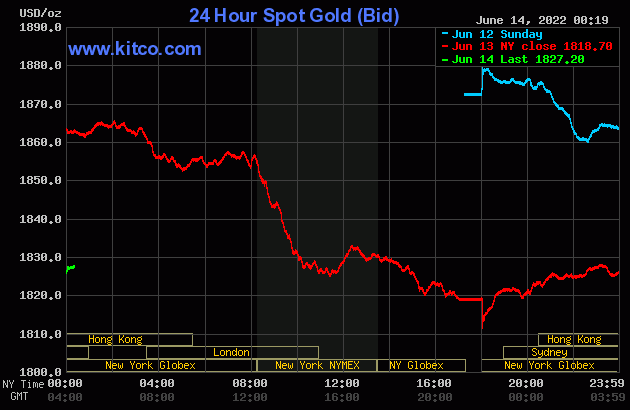
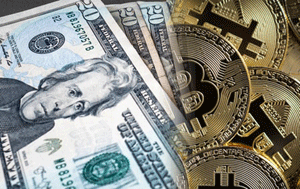 Entire financial system is 'a black hole,' crypto will become the dominant force – Garry Kasparov
Entire financial system is 'a black hole,' crypto will become the dominant force – Garry Kasparov.gif)
.gif)
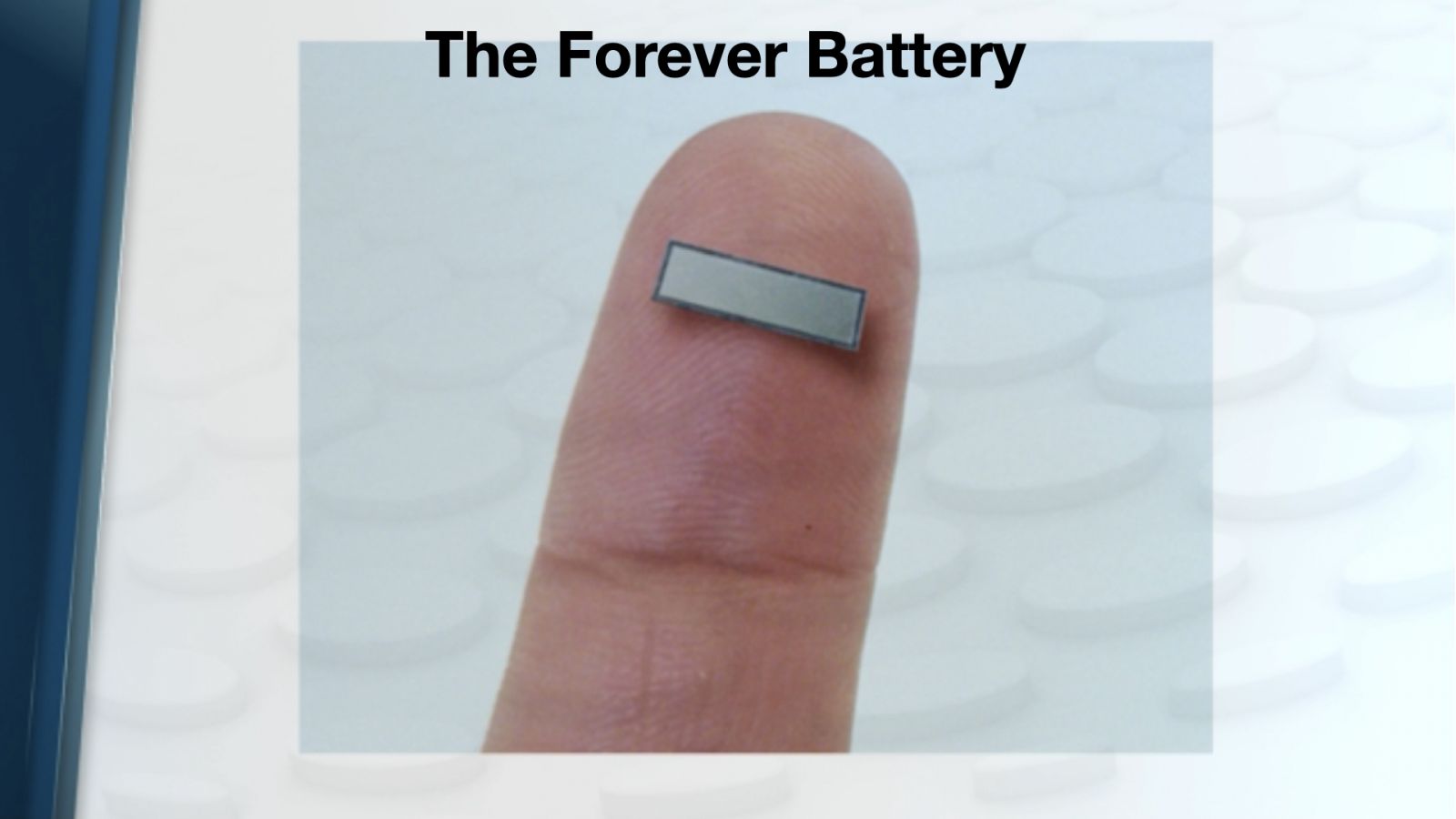


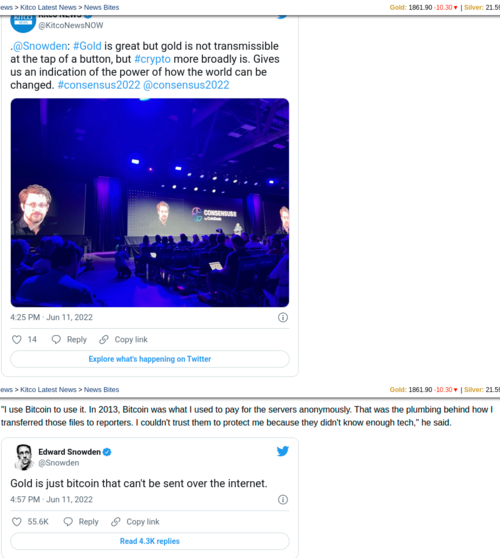

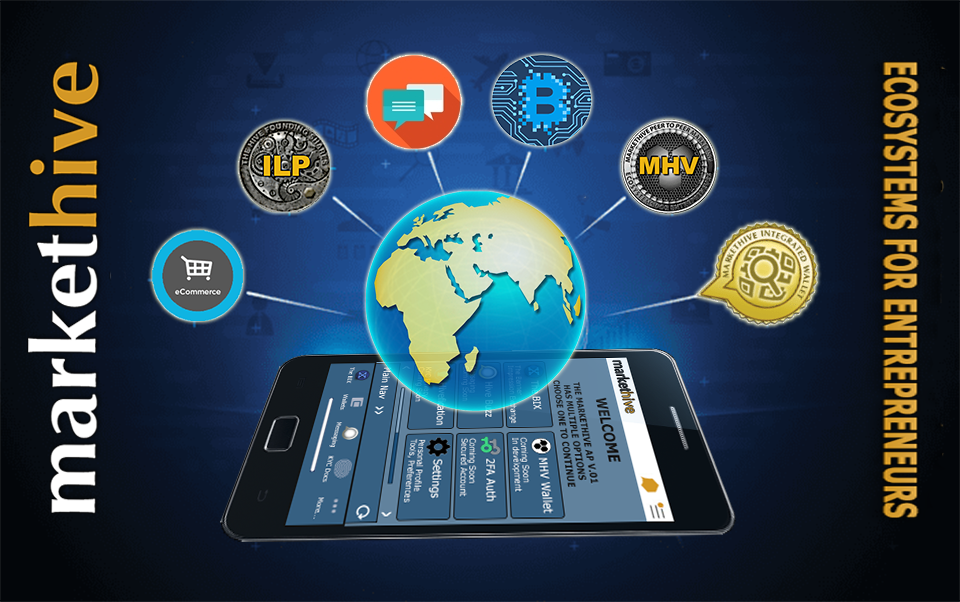

(1).jpeg) Image courtesy of
Image courtesy of .png) Image courtesy of
Image courtesy of 


 Gold sees record bullish sentiment among European retail investors – Spectrum Markets
Gold sees record bullish sentiment among European retail investors – Spectrum Markets